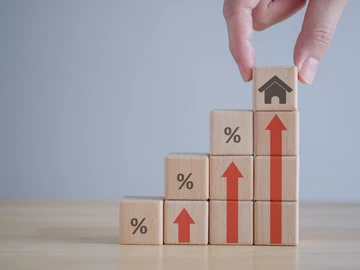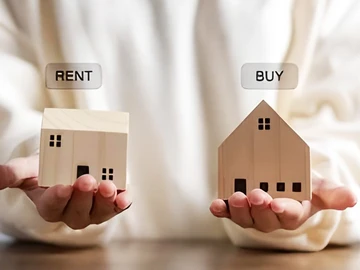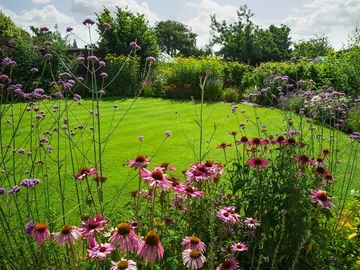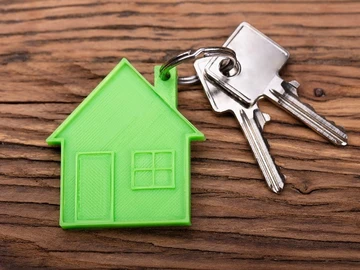Have you ever walked into a room and felt instantly calm or invigorated? It's not magic—it's colour psychology at work! Colours have a profound impact on our emotions, perceptions, and even behaviour. In interior design, understanding this connection is key to creating a home that not only looks beautiful but also feels good.
The Colourful Symphony of Emotions
Our brains process colours in a powerful way, triggering emotional responses and influencing how we experience a space. Here's a peek into the world of colour psychology and its impact on our well-being:
- Calming Blues and Serene Greens:
Cool blues and serene greens evoke feelings of tranquillity and peace. These colours are ideal for bedrooms and bathrooms, where relaxation is key. Imagine a calming ocean blue on your bedroom walls, instantly transporting you to a state of serenity. - Uplifting Yellows and Sunshine Oranges:
Warm yellows and oranges radiate sunshine and optimism. They can boost energy levels and creativity, making them perfect for kitchens, home offices, or children's playrooms. A sunny yellow kitchen can add a cheerful touch, making meal prep a joyful experience. - Earthy Browns and Grounding Greys:
These neutral colours provide a sense of stability and security. They act as a calming backdrop for bolder pops of colour or create a sophisticated atmosphere on their own. Earthy browns in your living room can create a warm and inviting space for gathering with loved ones. - Royal Purples and Luxurious Reds:
These regal colours exude luxury, passion, and creativity. Use them sparingly as accent colours or statement walls in living rooms or dining areas. A bold, deep purple accent wall can add a touch of drama and sophistication to your home theatre.
Choosing Your Colour Palette: A Guide to Harmony
Now that you understand the emotional power of colours, here are some tips for choosing the right palette for your home:
- Consider the Function of the Room:
Think about how you want to feel in each space. Do you want a calming retreat in your bedroom or an energetic space in your home gym? Choose colours that complement the intended purpose of the room. - The Rule of Three:
Limit your colour palette to three main colours – a dominant colour, a secondary colour, and an accent colour. This creates a cohesive and balanced look. - Light Matters:
The amount of natural light in a room can significantly impact how a colour appears. Consider the natural light exposure of your space when choosing colours. For example, a north-facing room with cooler light might benefit from warmer paint tones. - Don't Be Afraid to Experiment:
While following colour psychology principles can be helpful, don't be afraid to experiment! Ultimately, the best colour palette for your home is the one that reflects your personality and makes you feel happy.
Remember: Colour is a powerful tool that can transform your home's ambiance. By understanding the psychology of colour and using it strategically, you can create a space that not only looks stunning but also fosters your well-being. So, grab your paintbrush and unleash your inner artist! Let your home be a canvas that reflects your mood and personality, a vibrant space where you can truly thrive.
 Continue with Facebook
Continue with Facebook
 Continue with Email
Continue with Email














